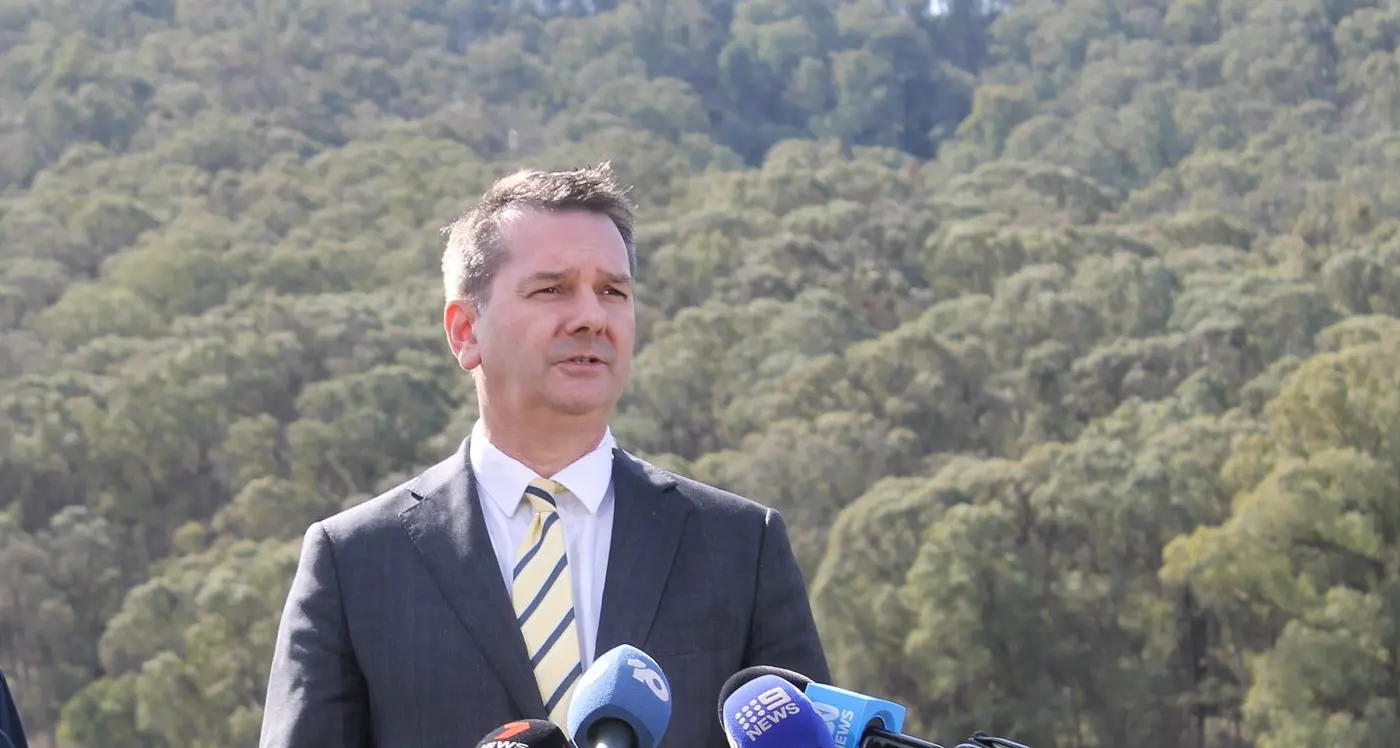Last week’s Euroa Gazette reported on independent member for Indi Helen Haines lobbying the federal government for improved council funding.
Dr Haines said she had clearly articulated the need for fairer funding models and equitable grant systems and highlighted the challenges of limited revenue, grant inequity, and service delivery pressures.
This masthead sought details from Strathbogie Shire Council of discussions between Dr Haines and the shire’s Mayor Claire Ewart-Kennedy and CEO Rachelle Quattrocchi.
Ms Quattrocchi provided an outline of the six main areas in need of attention by the federal government.
Financial sustainability and grant funding
Strathbogie Shire faces a range of challenges that many metropolitan councils do not, including maintaining services across widely dispersed communities and managing a large and ageing infrastructure network.
Delivering high-quality services in a financially responsible and sustainable way is crucial in rural and regional areas.
Funding pressures and rate capping
Victorian councils have operated under rate capping since 2016, which limits the ability to increase own-source revenue in line with rising costs.
This has placed pressure on councils like Strathbogie, which rely on rate income for essential services.
Limited ability to generate additional revenue has increased the reliance on external funding, including grants, to maintain existing service levels and infrastructure programs.
Cost shifting
State and federal governments often transfer responsibilities to local councils without providing adequate funding, such as changes to early childhood programs, community welfare services, and youth services.
Such responsibilities may appear small but collectively have a significant impact on council resources.
Enforcement of state regulations on building inspections, planning approvals, and emergency management often come without full funding from the state.
Infrastructure challenges
The shire manages over 2400km of roads and numerous bridges and public facilities, and the comparatively small population and revenue base of the shire makes this more costly.
The road network is longer than those in councils such as Ballarat, Wyndham, and Yarra Ranges, despite having far fewer residents, ratepayers, and alternative revenue streams.
Past natural disasters, including the floods of late 2022 and 2023, have placed further strain, with council responses highlighting the gap between responsibilities and resources in times of crisis.
Reliance on grants and funding inequities
Approximately 40 per cent of shire revenue comes from essential grant funding, much of which is project-based or time-limited.
These grants are competitive, often require co-contributions, and can disrupt long-term planning when funds must be redirected to meet grant conditions.
Financial Assistance Grants from the Commonwealth provide some flexibility, but funding levels have fallen over time due to limited indexation and inequitable distribution that does not fully account for the higher costs of service delivery in rural areas.
Comparisons and context
The 2023-24 VAGO Audit of Local Government reported that councils collectively hold $150 billion in assets, roughly 10-11 times their annual revenue, which is a ratio mirrored at Strathbogie ($400 million in assets compared to $40 million in revenue).
In comparison, state and federal governments operate with far lower asset-to-revenue ratios, reflecting the unique financial pressures faced by local government.
Despite all of these challenges, Strathbogie Shire said it remained committed to maintaining service levels and supporting its communities.
However, without reform to funding arrangements, councils may be forced to reduce service levels, defer essential infrastructure projects, or prioritize grant-driven programs over core services, creating disparities in service delivery and infrastructure quality.
Strathbogie Shire said it continued to advocate for a more balanced and equitable funding framework that recognises such unique challenges.




